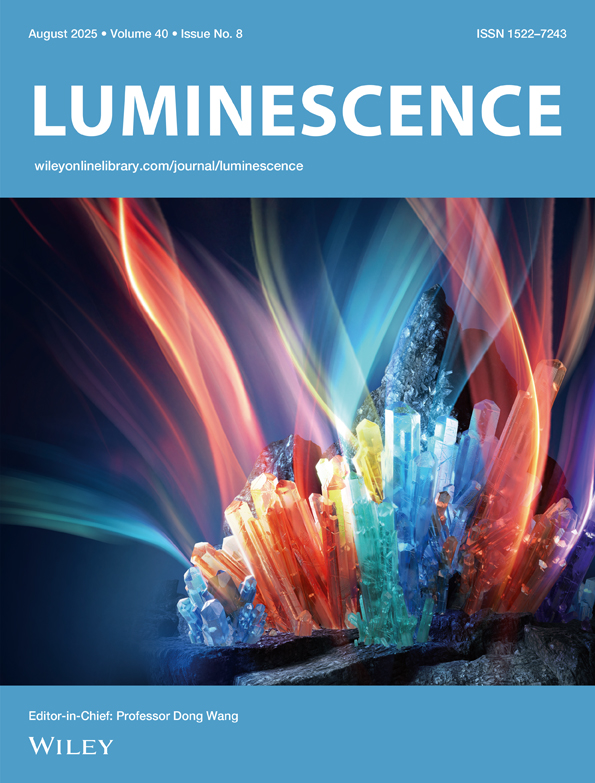Highly sensitive chemiluminescent method for the detection of cell contamination
This paper has not been peer reviewed.
Abstract
Minisatellite analysis is commonly used in forensic disputes but can also be applied to the investigation of cell contamination. Such a problem arises, for example, when transplantation is performed. The presence of contamination has been investigated by other authors using radioactive methods. In the present study we describe a method that allows the detection of contamination with high sensitivity without using radioactive substances. Our technique is based on the use of polymerase chain reaction (PCR) amplification of minisatellite sequences (VNTR), followed by chemiluminescent detection. In particular, biotin-labelled dCTP is included in the PCR mixture and detection of PCR products is obtained following the CSPD chemiluminescent protocol (Southern-Light Nucleic Acid Detection Systems). We applied this method to artificial mixes of DNA of two individuals with alleles of different sizes. We performed progressive dilutions of an individual DNA into the other's DNA and revealed a contamination of 1 in 2500 cells. We also tested our technique searching for maternal contamination in cord blood samples in 60 cases and revealed a 18.3% contamination. The technique that we set up proves to be a very sensitive one which could be applied not only to the detection of maternal cells in cord blood but also in studying any other kind of contamination. © 1998 John Wiley & Sons, Ltd.




